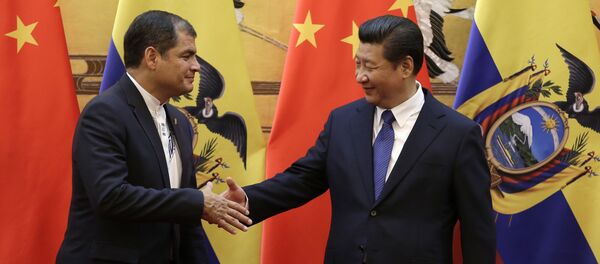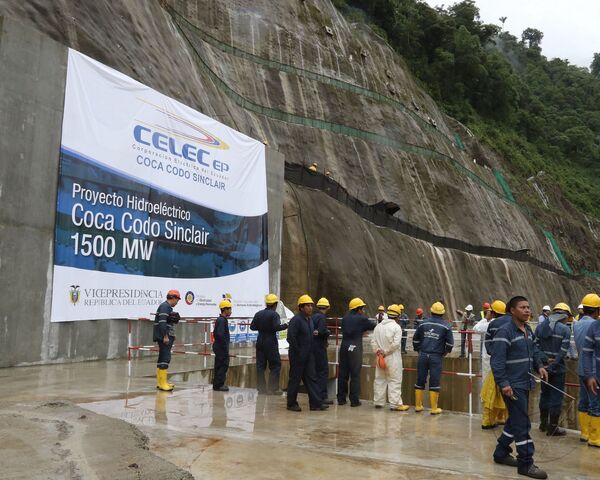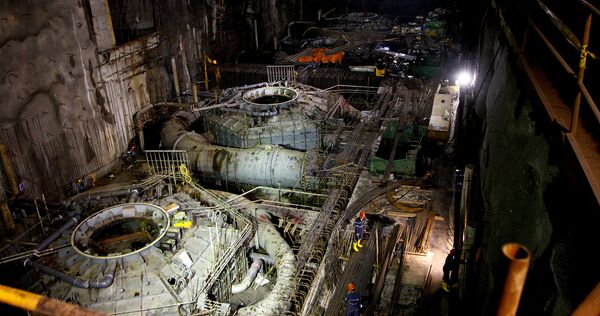China's drive to improve trade and investment links with Latin America doesn't present a threat to US interests there because their interests are quite different, Benjamin Creutzfeldt, Postdoctoral Fellow for China-Latin American-US Affairs at the SAIS Foreign Policy Institute (John Hopkins University, US) told Radio Sputnik.
"Much of what China brings to Latin America is highly beneficial, it's well known that Latin American societies have very large, low-income groups and they benefit quite considerably from far cheaper products and that isn't competition with anything the US has offered historically or today."
Despite US concerns that China is encroaching on its sphere of influence in Latin America, "In actual fact I don't consider that China either wants to or really in any way represents a threat to US interests or for that matter anyone else's interests," Creutzfeldt said.
China's policy banks have become the largest public creditors to Latin American governments, and Chinese finance has risen sharply in recent years, from US$3.8 billion in 2012 to $12.9 billion in 2013 and $22.1 billion in 2014.
According to Boston University's China-Latin America Economic Bulletin, Chinese banks lent Latin American governments $29.1 billion in 2015, more than the World Bank, the Inter-American Development Bank, and the Latin American Development Bank combined.
Last year, Chinese lending was channeled into two main sectors, infrastructure and hydrocarbons. Over the last five years, three-quarters of Chinese mergers and acquisitions in the region were in extractive industries like oil gas and mining.
China has also set up a $35 billion regional fund for Latin American countries to pay for industrial and infrastructure projects like roads, bridges and railways.
"Thanks to the investment made in energy generation made in the last 10 years, with immense cooperation from China, Ecuador now counts on 85 percent renewable energy and in 2017 we will have more than 90 percent, one of the highest percentages on the planet," President Correa said during the ceremony, Telesur reported.
Creutzfeldt said that countries like Ecuador and Peru have responded well to Chinese investment and have used the money not just to pay for infrastructure projects, which is traditionally lacking in Latin America, but also for educational and research facilities.
"Ecuador and Peru seem to be learning how to deal with China and how to maintain a certain independence in decision-making domestically and how to use these funds and opportunities to build something that will last, rather than just selling oil," he said.
"These are mid- to long-term commitments by China, and the same goes for certain manufacturing facilities. For example in Colombia there is a Colombian-Chinese consortium assembling Foton trucks near Bogota, and that is the sort of thing that creates jobs and the sort of thing that is available through Chinese interests," Creutzfeldt said.






